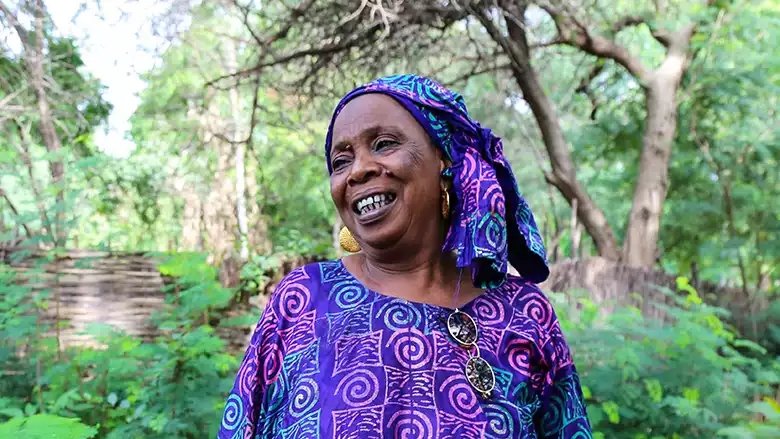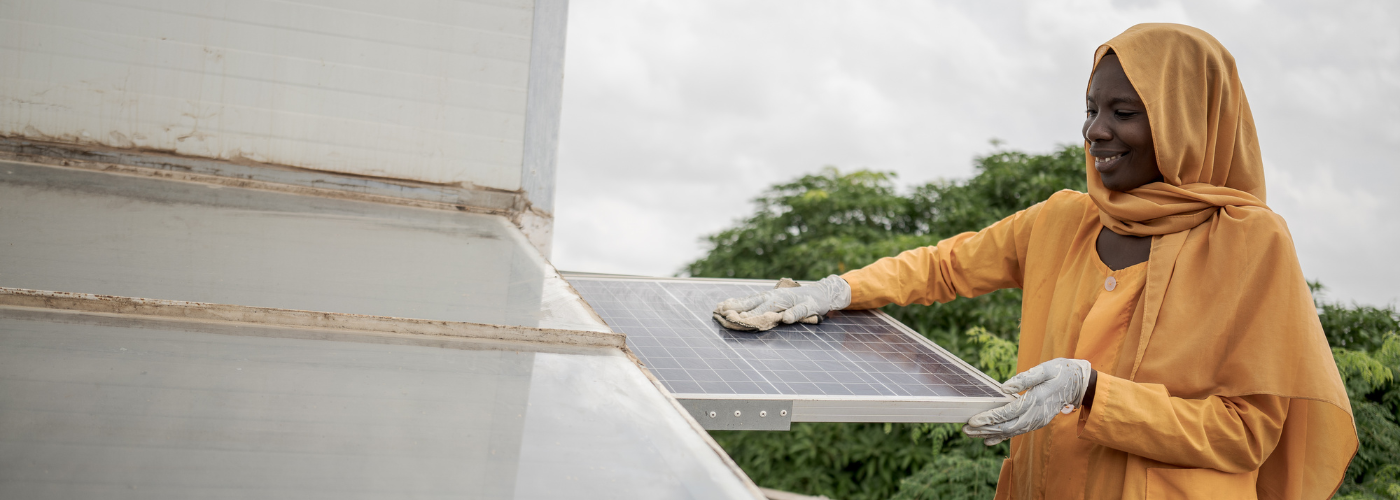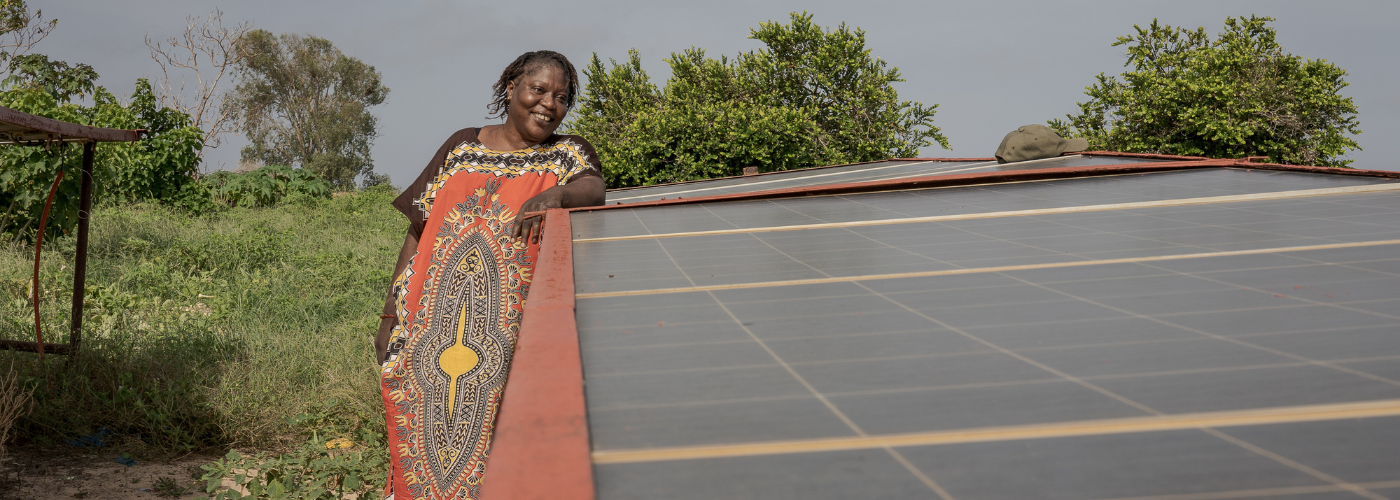Charcoal production, a predominantly male activity, is being reformed in Senegal’s Kaffrine region to reduce the negative impacts on the environment and include women on all levels of the value chain. Empowered by the Second Sustainable and Participatory Energy Management Project (PROGEDE II), which is funded by the World Bank and the Nordic Development Fund and supported by the ESMAP’s AFREA Gender and Energy Program, Kaffrine’s women are owning a movement that is breaking down gender stereotypes, reforming the charcoal value chain, and boosting village incomes. Thanks to project interventions, women are now at the center of sustainable forest management and wood fuels supply management in the region.
Read ESMAP Story | Read Full Story | Watch Slide Show
This story originally appeared in the ESMAP E-Bulletin | January – February 2016 Issue
Photo credit: Daniella van Leggelo-Padilla/World Bank











Follow us on: